 |
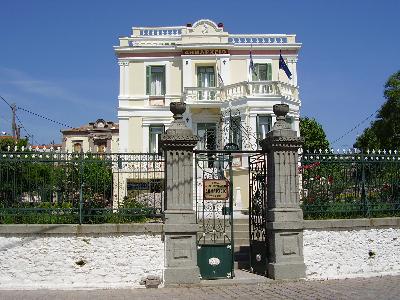 |
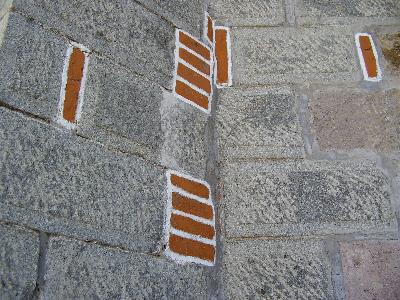 |
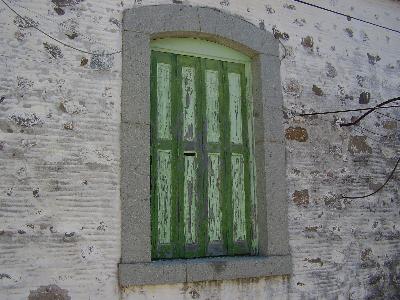 |
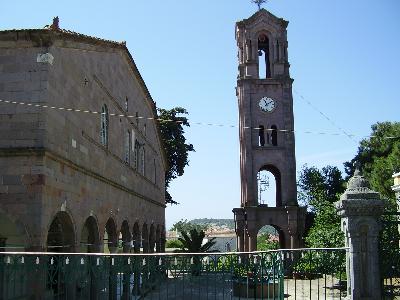 |
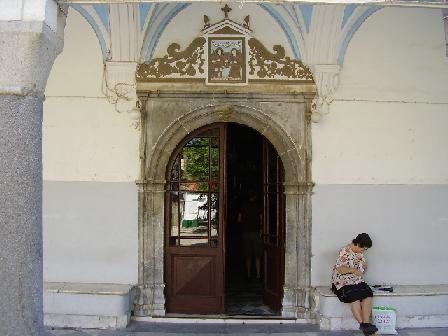 |
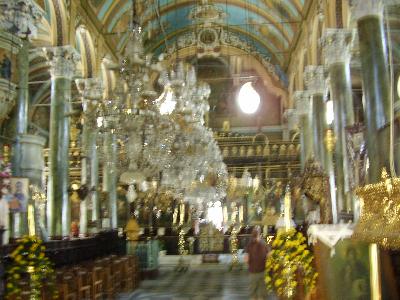 |
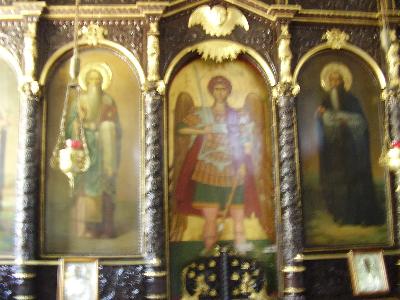 |
| The village of Agias Paraskevi on the island of Lesbos in Greece |
|
Agias Paraskevi is rather a large village between the Gulf of Kallonis in the south and the village of Mantamados in the north of the island of Lesbos. There are a lot of large and impressive houses in the village, amongst which the yellow town hall. The 1862 church as well is large and imposing, with painted ceilings, beautiful cristal lamps, and round- and tearshaped windows, marble colomns and green ornaments. There are many private mansions that were built in the second part of the 19th century. On the roofs of the houses of Agias Paraskevi you find many iron cone shaped ornaments, and roof tiles with figures on them. The houses are just beautiful and a lot of them are being restored to their former splendor. A lot of them have cast iron balconies with ornaments and decorations, and roses in the gardens. The houses are painted in beautiful colour combinations. An old olive processing plant in Agias Paraskevi is converted into a museum. It shows the pressing of the olives with refurbished machines, graphics and displays. Along the road from Agias Paraskevi in the direction of Napia there many tavernas on either side. Outside the city center the houses get a bit smaller. In the wider area of Agia Paraskevi there are many horses, and it is mainly agricultural land. Birds of prey fly through the air if you continue the journey to Napia. |
 |
 |
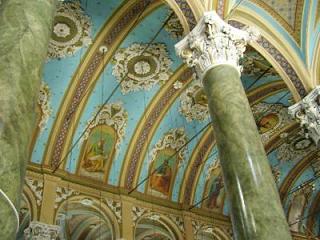 |
|
The most important archaeological sites of Lesbos are situated around the village of Agia Paraskevi, like the Temple of Messa, the ancient Temple of Clopedi and the Bridge of Cremasti. Not far from the main road between Kalloni and Mytilene you can find the Temple of Messa. The temple is centrally located on the island and it is the largest temple in Lesbos. It dates from the 4th century BC and was dedicated to the Aeolian trinity of Zeus, Hera and Dionysos. The temple was of the Ionic kind, with eight columns, which makes it unique in Greece. Later, when Christianity flourished, it was converted into a post-Byzantine basilica dedicated to the archangel Michael (Taxiarchis). The ruins of the temple remains were in 2005 more or less preserved and the site is now open for public. The Kremasti bridge was built during the Venetian occupation (1355-1462) by Gatelouzi for transportation to and from the castle in Mithymna. The story goes that the builder of the bridge would have bricked in his wife here. Oddly enough, this same story is told about the bridge at Arta. The bridge is 8.5 meters high and is one of the most striking buildings from the medieval architecture of Lesvos. |
© Hans Huisman, rutger2 at nl.wikipedia, https://www.angelfire.com/super2/greece/ 2014